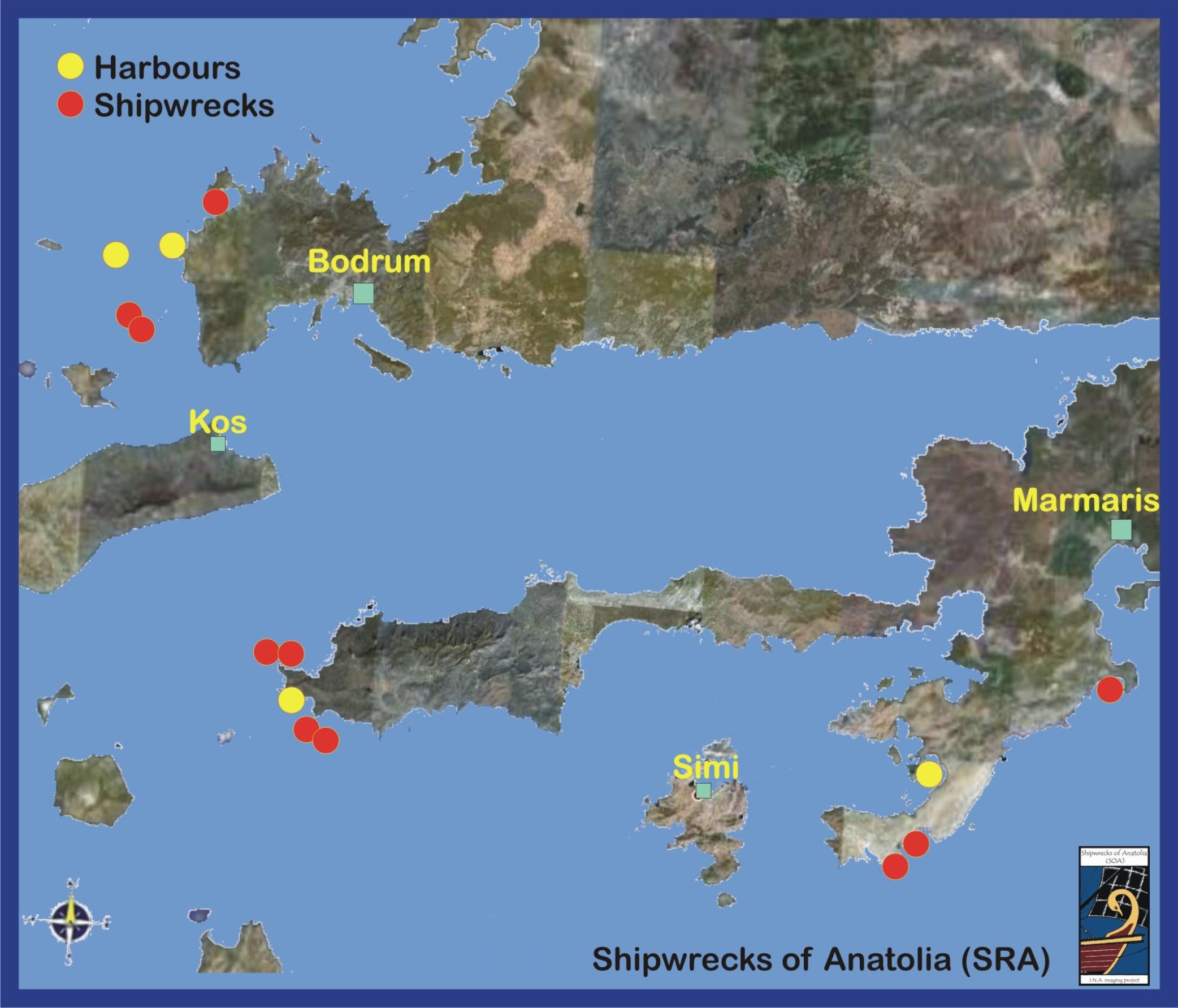


Protecting Underwater Archeological Sites
Prof. Dr. Tuncay Akal, tuakal@suasis.com
Underwater Systems Technology Development
Tubitak-Marmara Research Center Technology Free Zone
Kocaeli, Turkey
Popular version of paper 4pEAb2
"Surveillance and Protection of Underwater Archaeological Sites: Sea Guard”
Recent advances in underwater detection and survey techniques have increased the possibility of finding the wrecks of vessels and their cargoes. Since prehistoric times, many populations have used vessels for transportation and trade and built harbors and it is now estimated that there are about a million antique wrecks that lie underwater and still waiting to be discovered. Many of these wrecks and ancient harbors lie within shallow depths, and can be discovered and accessed easily by humans using available hardware such as side-scan sonars, multi-beam echo sounders, ROVs, GPS navigation, diving gear. Even though the majority of known archaeological sites on land are well protected by guards and high tech equipment, there is no technology for surveillance and protection of underwater archeology sites.
Our study presents a new system concept specifically adapted for the surveillance and protection of underwater archaeological sites (SEA-GUARD). The system is based on monitoring the underwater acoustic field in the vicinity of an archaeological site where build in artificial intelligence automatically analyze the behaviour of an intruder with the reasoning system architecture and makes the system operating as a trip-wire to send an alarm to the authorities on shore via GSM/GPRS or Satellite network.
Since prehistoric times, many populations have used vessels for transportation and trade and built harbors and it is now estimated that there are about a million antique wrecks that lie underwater and still waiting to be discovered. What we designed is aimed to protect these sites from unauthorized access. If we look at many major the major museums they are full of artifacts taken from the underwater archeological sites representing civilizations around the Mediterranean.
Basically “SEA-GUARD” is a burglar alarm which is working in a very complex environment. Over many years the collaborators of this paper have been working together on topics related to underwater acoustics. SUASIS is a spinoff R&D Company in TURKISH Research Council’s Marmara Research Center Campus is leading establishment for the realization of a prototype which we expect to demonstrate next year in one of the archeological sites situated in Turkish Coastal waters. We are also looking for sponsors to make such system operational in a short time.
With this paper we are demonstrating the SEA-GUARD system concept to monitor the underwater acoustic environment for detection, classification and tracking of unwanted intruders to a protected area. SEA-GUARD is a compact, low-cost system using two well tested sensor packages, off-the-shelf items and technology know-how that has already been achieved in our group’s previous projects related to home-land security. The build in artificial intelligence automatically analyze the behaviour of a target with the reasoning system architecture and makes the system operating as a trip-wire.

Figure 1: The sea-borne unit with sensor packages, a cable to the surface and the surface buoy where data processing hardware and software, data link via GSM/GPRS or Satellite network, a GPS receiver and solar panels are located.

Figure 2: An example map of some of the known underwater archaeological sites in Bodrum- Marmaris area (Courtesy of Berta Lledo and Tufan Turanli).
Figures 3, 4, 5, and 6 are underwater images from archeological sites around Turkey. They are taken during scientific research being conducted. These images are the courtesy of Donald A. Frey and Tufan Turanli who are from the Nautical Archaeology at the Texas A&M University Bodrum-Turkey Campus (http://ina.tamu.edu/ ).
Research continues all year around in INA’s Bodrum Campus where conservation, drawing, photographing, and cataloguing materials from the excavations at different locations by specialized INA staff and skilled volunteers.
The artifacts are displayed at The Bodrum Museum of Underwater Archaeology (http://www.bodrum-museum.com)